Was your home built before 1978? Does it have a lot of dust? Do you find pieces of chipped paint in your home? Are you doing repairs? Does your child play in the sand or dirt near your house? Is your local park located in an old neighborhood? Do you use tap water to drink or cook? If you answered yes to any of these questions, your child might be exposed to lead in the environment. The good news is there are ways to decrease lead exposure and prevent toxicity.
Every child gets screened for levels of lead in their blood
Regardless of your answers to the above questions, EVERY child will be screened for lead toxicity at their pediatrician’s office at their 12 month and 2 year well child check.
There are two ways to test for lead levels: by a finger prick in the office or by taking blood from the vein to measure lead levels.
If you think your children has not been screened, make sure to bring it up at your next appointment.
Why do we measure blood lead levels in children?
Even low levels of lead in the blood have been shown to affect mood, behavior and the ability to concentrate – this could impact your child’s success in school and behavior at home! Chronic or severe exposure to lead can have serious and dangerous effects on their nervous system, blood, kidneys, abdomen, reproductive system, bone development and more.
Where can we find lead in our surroundings?
- Homes built before 1978. Lots of housing in the northeast United States and in the Midwest were built before 1978.
- Repairs. While we love conserving the historic beauty of these homes, remodeling and repairs can generate dust and chip paint, increasing the amount of lead in the environment
- Chipping or peeling paint.
- Dirt next to an old home.
What you can do to minimize lead exposure
- Dig up your home’s history to see if it was built before 1978 or get it inspected for lead before you move in!
- If you see any paint falling off from windows, porches or walls, pick it up with a wet mop.
- Wash your children’s hands. Now more than ever hand washing is the key to healthier children!
- Try to change into clean clothes whenever possible. Remember the dirt/sand/dust in our surroundings can potentially have lead.
- Use cold filtered tap water for mixing formula, drinking and cooking
- Wash your fruits and vegetables before you eat them. We don’t know what soil they were grown in.
- Wipe your feet on a mat and remove shoes when walking inside the home
- Remove recalled toys and jewelry from children
Although lead can be found in the environment, we are here to protect your child’s developing brain!
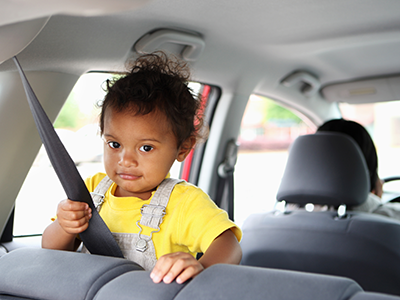 https://riseandshine.childrensnational.org/wp-content/uploads/2018/07/little-girl-sitting-in-car-feature.png
300
400
Rise and Shine
https://riseandshine.childrensnational.org/wp-content/uploads/2017/11/childrens_riseandshine_logo.jpg
Rise and Shine2024-05-06 07:00:082024-05-06 10:51:42Preventing heatstroke in cars
https://riseandshine.childrensnational.org/wp-content/uploads/2018/07/little-girl-sitting-in-car-feature.png
300
400
Rise and Shine
https://riseandshine.childrensnational.org/wp-content/uploads/2017/11/childrens_riseandshine_logo.jpg
Rise and Shine2024-05-06 07:00:082024-05-06 10:51:42Preventing heatstroke in cars


 Maria Camila Espinal, MD, is a pediatric resident at Children's National.
Maria Camila Espinal, MD, is a pediatric resident at Children's National.
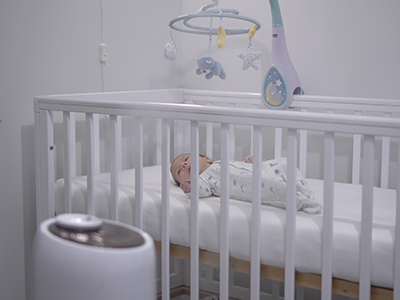
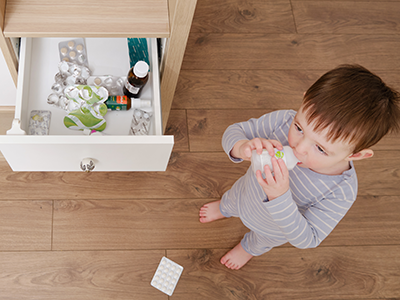
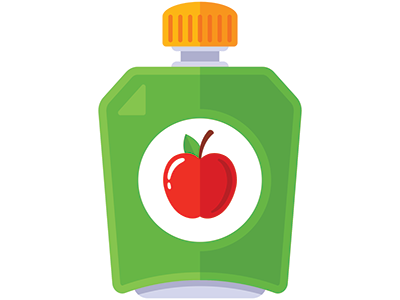
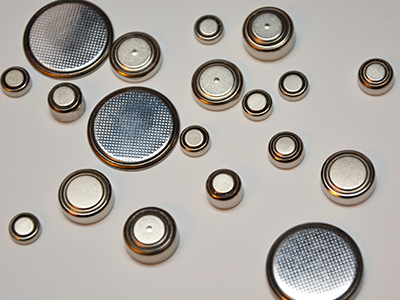
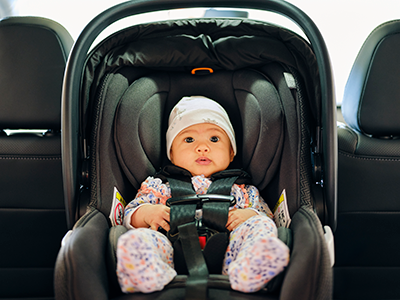
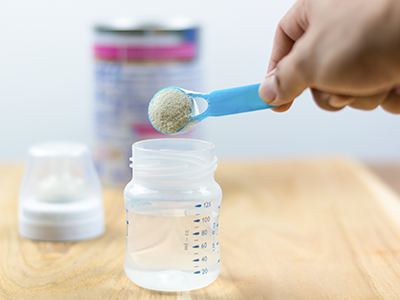
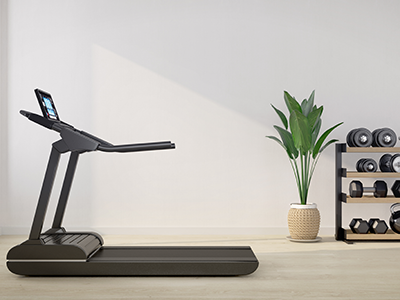
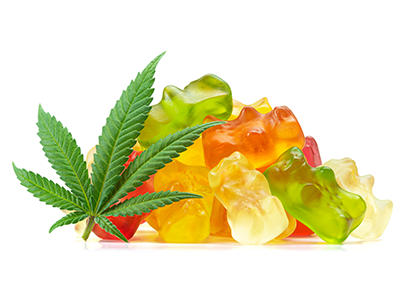
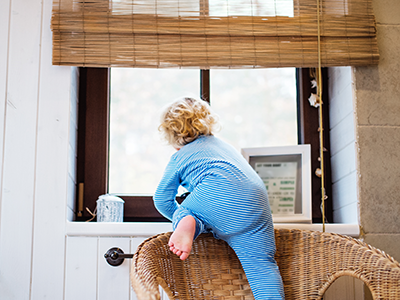
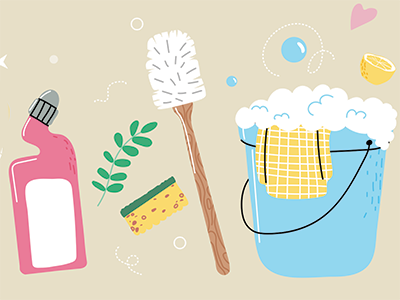
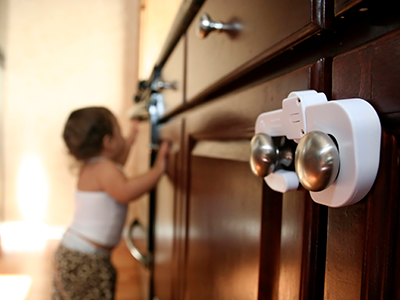
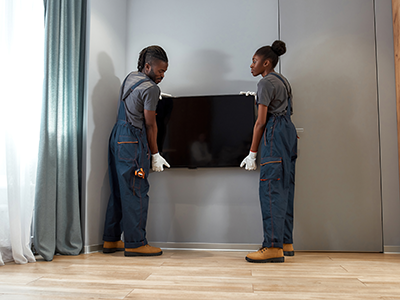
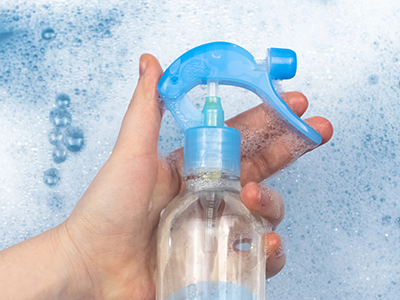
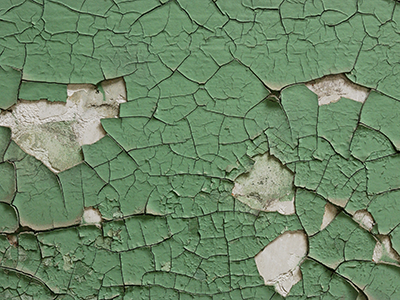
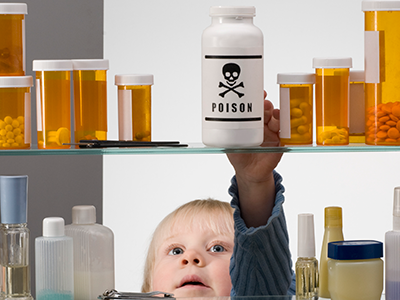


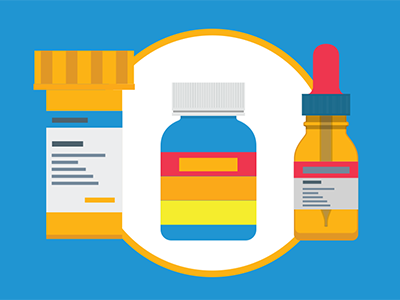
Leave a Comment
Want to join the discussion?Feel free to contribute!